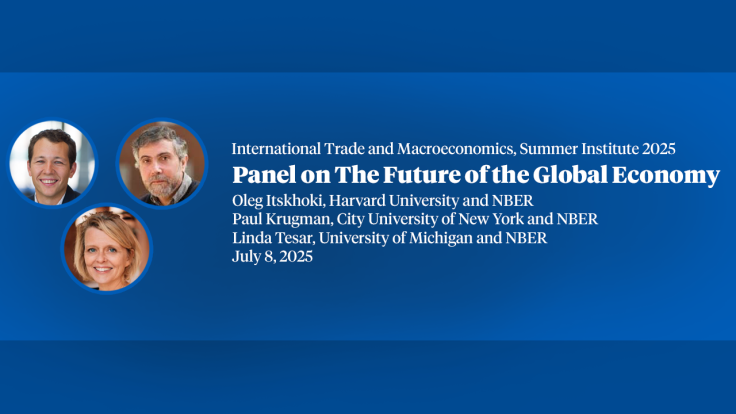New Economic Forces Behind the Value Distribution of Innovation
Advances in a general-purpose technology (GPT) enable many firms to invent complementary inventions, or co-inventions, making the GPT more valuable. This study examines the empirical implications of a straightforward model in which firms choose either incremental or novel co-invention. Incremental co-inventors aspire to small gains at low costs and with less uncertainty. Novel co-inventors introduce new products or services with the potential for large returns, but do so at high costs and with uncertain outcomes. Similar firms investing in incremental co-invention will create value proportional to their existing business, a benchmark we illustrate with the experiences at local radio and newspapers. The study then examines the value of co-inventions for the World Wide Web and mobile ecosystems, focusing on success in 2013, using data from many sources. This data supports analysis comparing the incremental and novel regimes. The latter should display a distinctly different upper tail of the distribution of returns. We show that the value distributions for incremental and novel co-invention are far apart. Incremental co-invention is more widely distributed across regions, industries, and firms. Success from novel co-invention is rare, challenging, and the source of the largest value. In the aggregate, novel co-invention creates the most value, so the overall value distribution remains concentrated in a few industries, regions, and firms.
-
-
Copy CitationTimothy F. Bresnahan, Shane Greenstein, and Pai-Ling Yin, "New Economic Forces Behind the Value Distribution of Innovation," NBER Working Paper 34090 (2025), https://doi.org/10.3386/w34090.Download Citation
-


